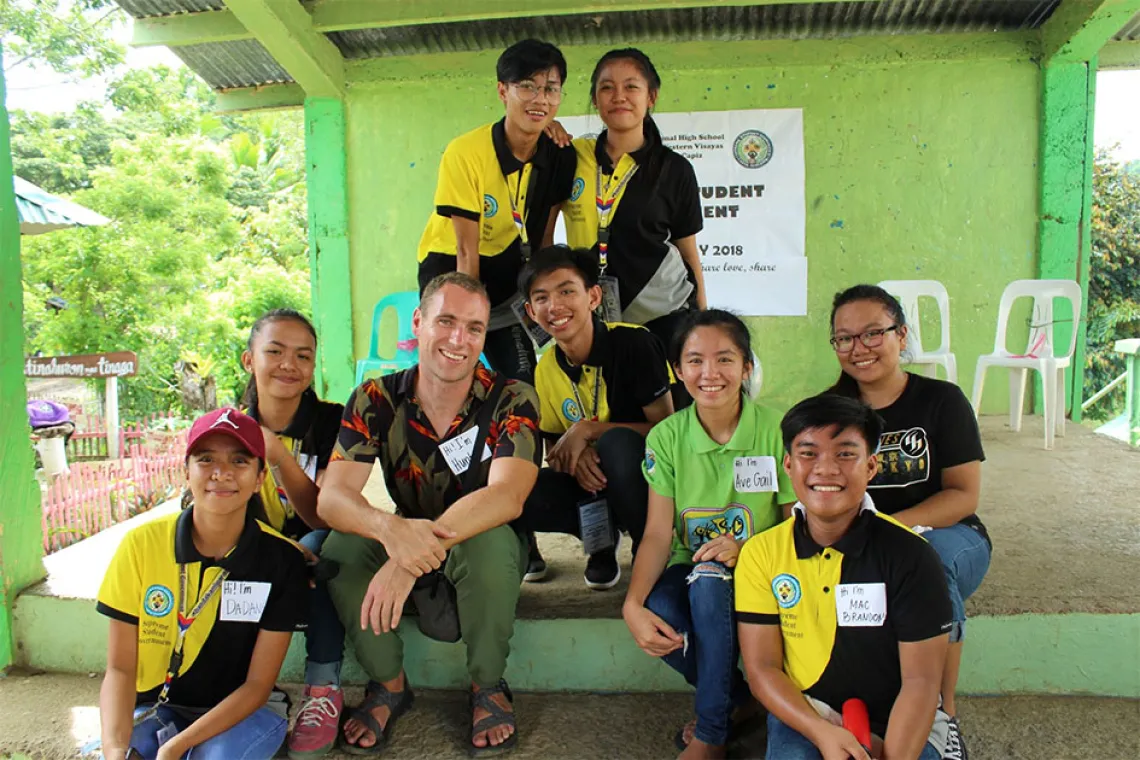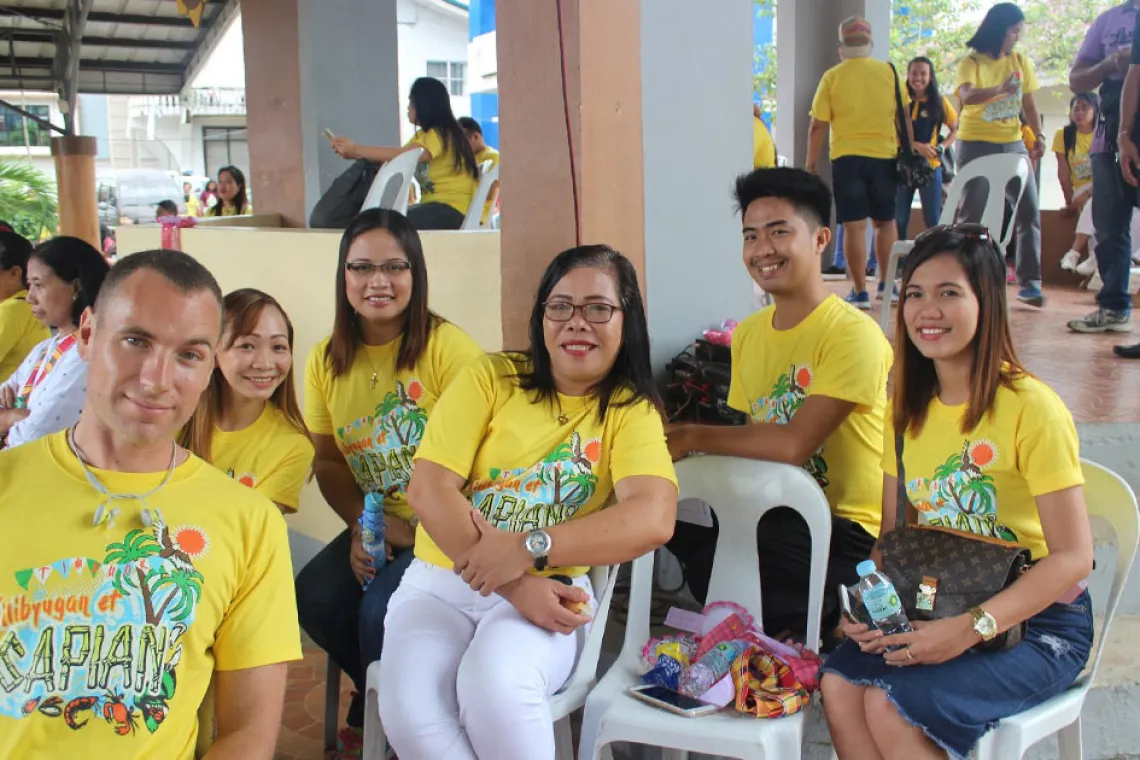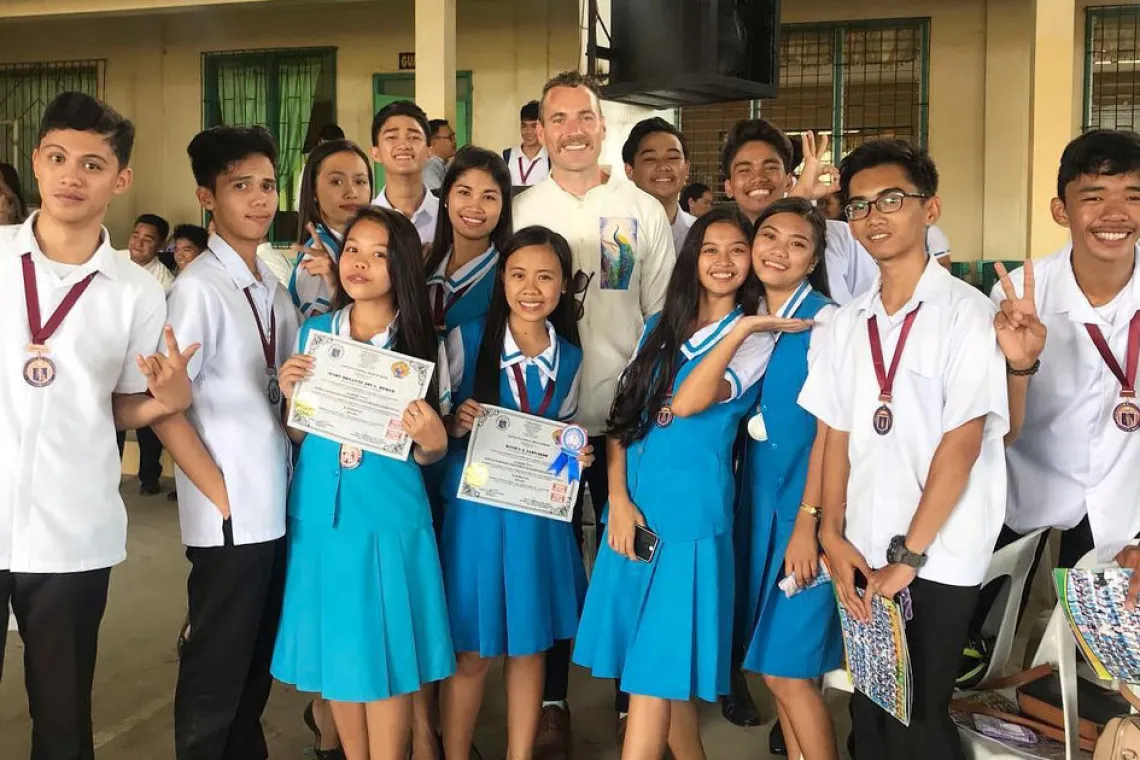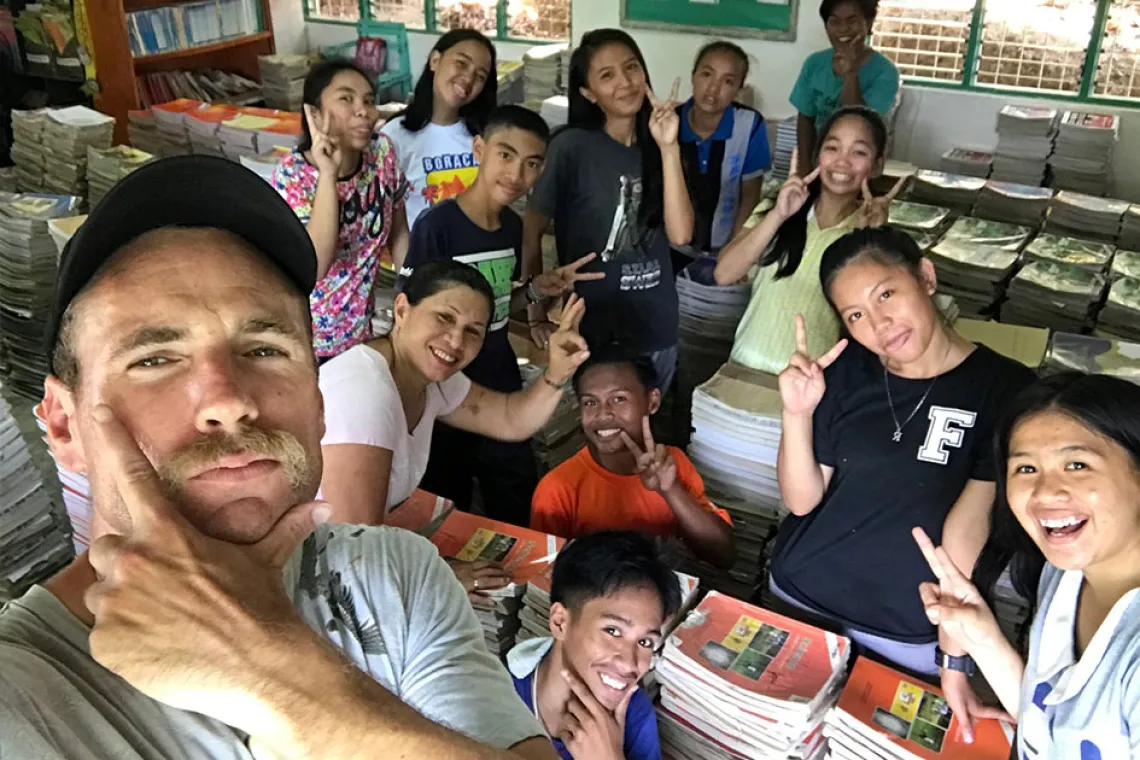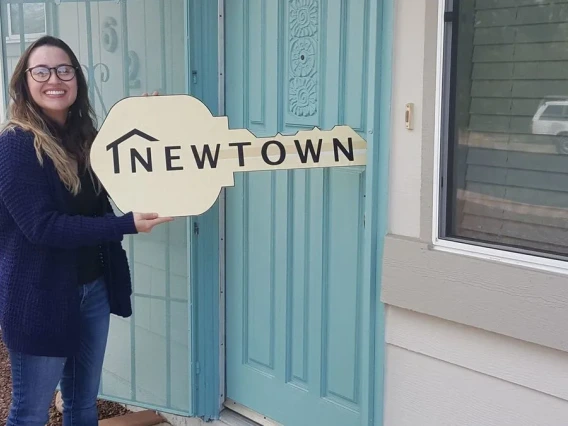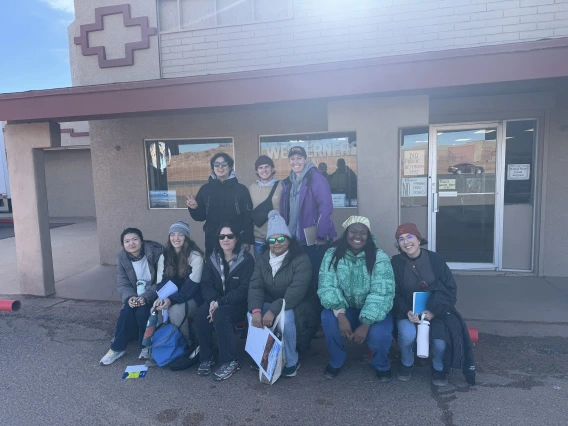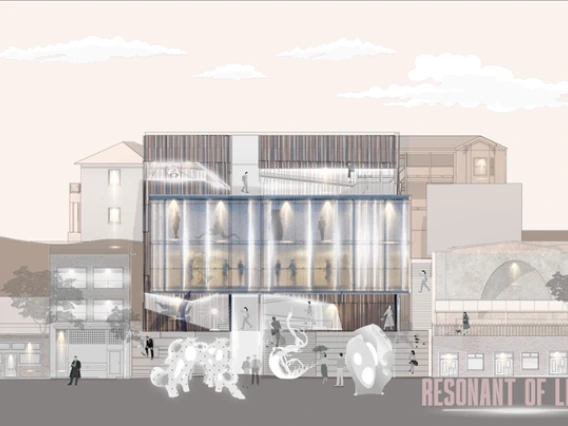Coverdell Fellow Profile: Hunter Lohse '22 MLA
Hunter Lohse served as a Peace Corps Volunteer in the Philippines before joining CAPLA's Master of Landscape Architecture program.
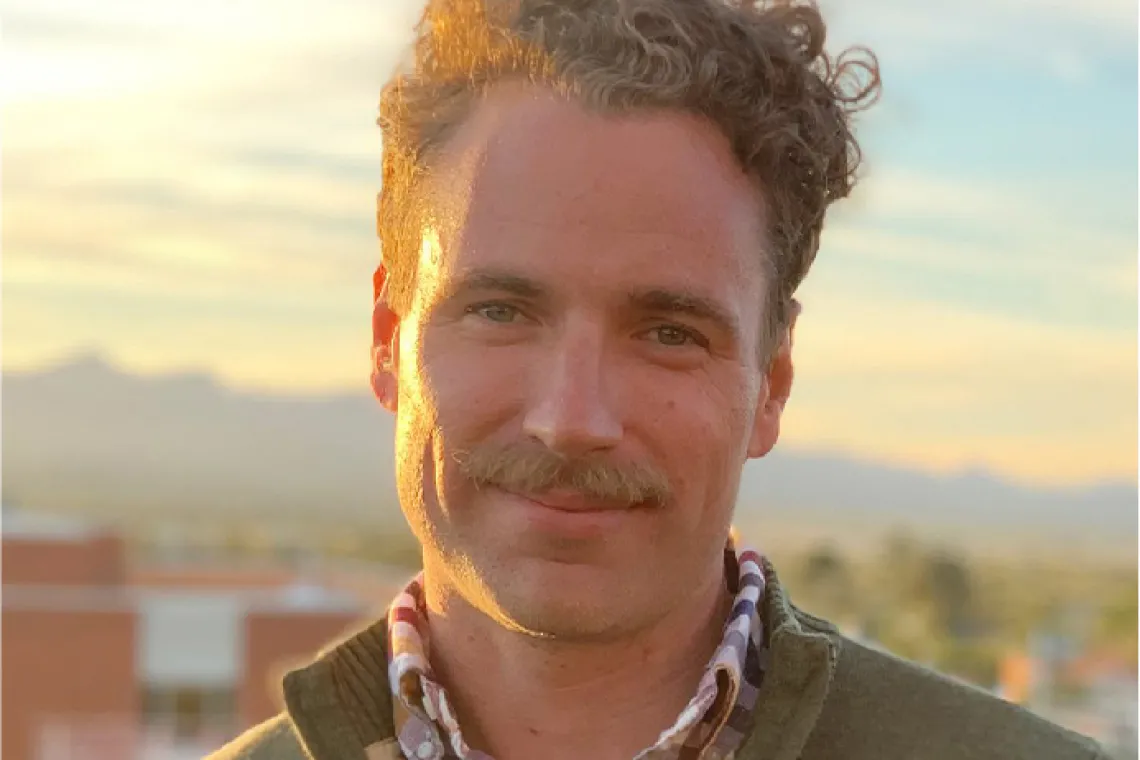
The University of Arizona is one of only two universities in the country to offer Coverdell Fellowships to Returned Peace Corps Volunteers (RPCVs) who are enrolled in a graduate landscape architecture program. The Coverdell Program provides tuition assistance and internship opportunities. Coverdell Fellows find a robust Peace Corps community at the University of Arizona and in Tucson, and many are CAPLA alumni.
Tell us where you went! How did that change your life?
I served in the Philippines (2017-2019) as a Library Development Coordinator in the rural fishing village of Sapian on the island of Panay. By developing relationships with community stakeholders and with the assistance of a USAID grant, my counterpart and I redeveloped the school library into a functional space with ample resources for students of Sapian National High School. I collaborated with student leaders to develop two sustainable student groups: the Library Management Team and the Reading Buddies Club. Through the design of these projects, I not only learned the value of patience and persistence, but how to create a sustainable project that would carry on after my assignment in the Philippines ended.
How did the experience lead you to studying landscape architecture at CAPLA?
It was during my Peace Corps service that I made the decision to pursue a career in landscape architecture, with an intention to focus my studies on determining the point of harmony between community prosperity, ecological preservation, and design. My worksite was a prime example the all-too-common juxtaposition of pristine, untouched jungle against hillsides ravaged by slash-and-burn practices. The mangrove forests of the Sapian coastline, once renowned for their abundance of fish, have been cleared for aquaculture conversion. Both landscapes offer great potential for both tourism and wildlife preservation while remaining economically viable for the community.
Tell us about your current fellowship.
I am an Outreach Assistant with Mission Garden, which features heirloom Sonoran Desert-adapted fruit orchards and vegetable gardens interpreting 4,000 years of agriculture in Tucson. My current project is focused on the development of a sensory tour in order to improve access for all users.
How do you plan to change the world?
In order to cultivate a greater appreciation of nature within our communities, I believe that public green spaces should be accessible to all citizens and that barriers preventing access (i.e. transportation, cost, safety) must be mitigated for the public good.

